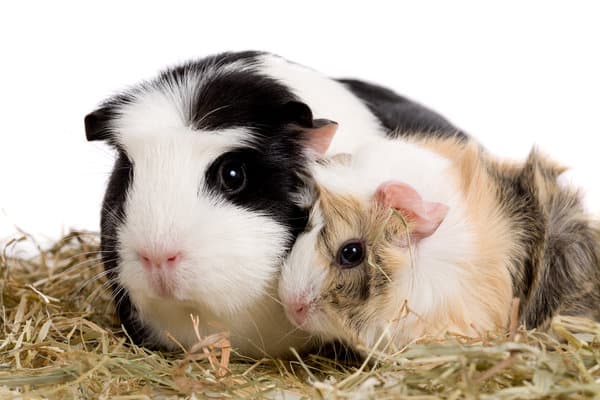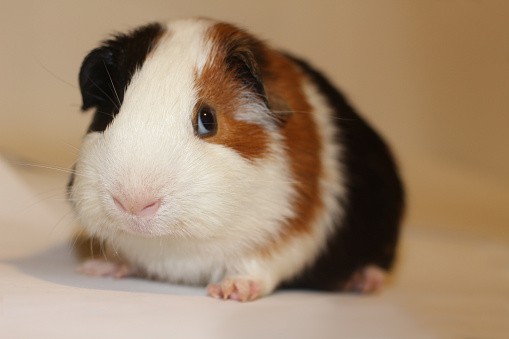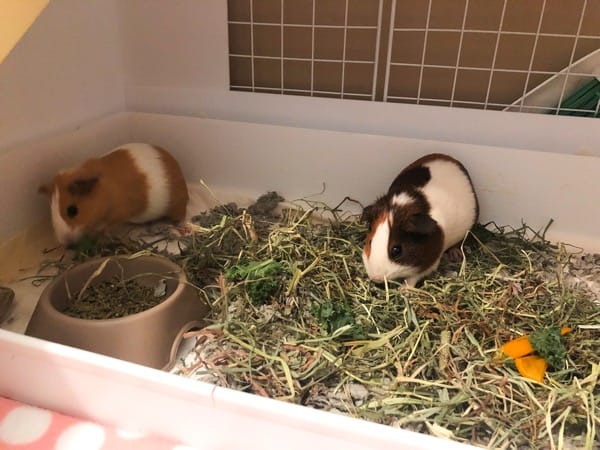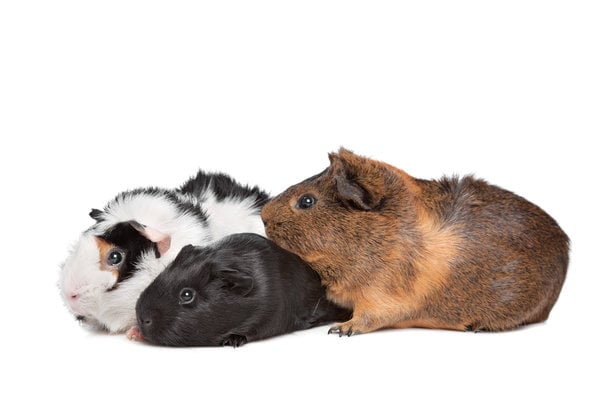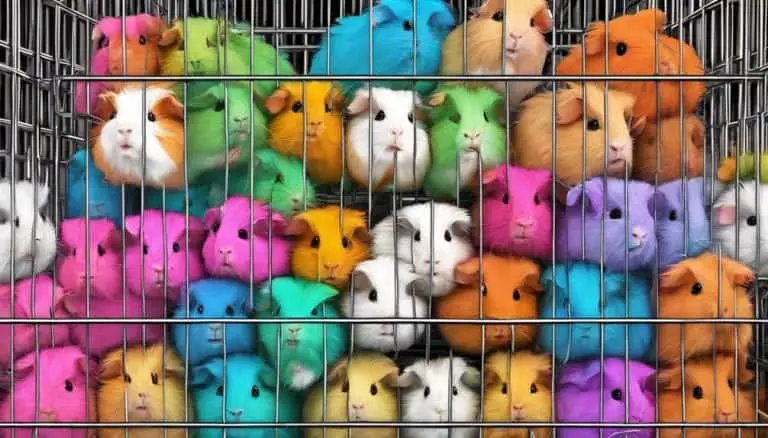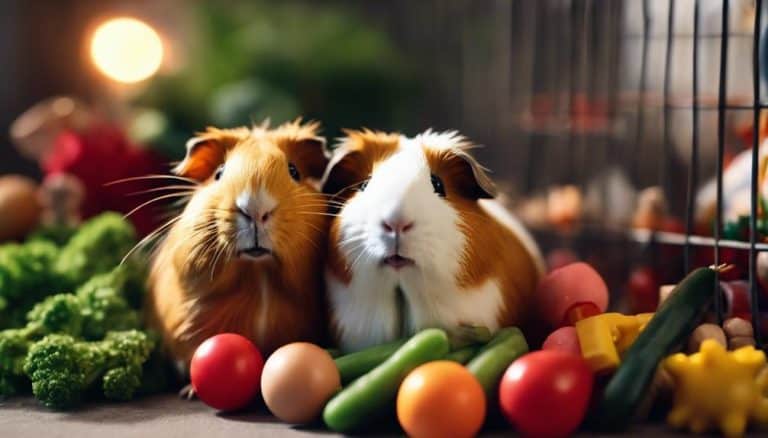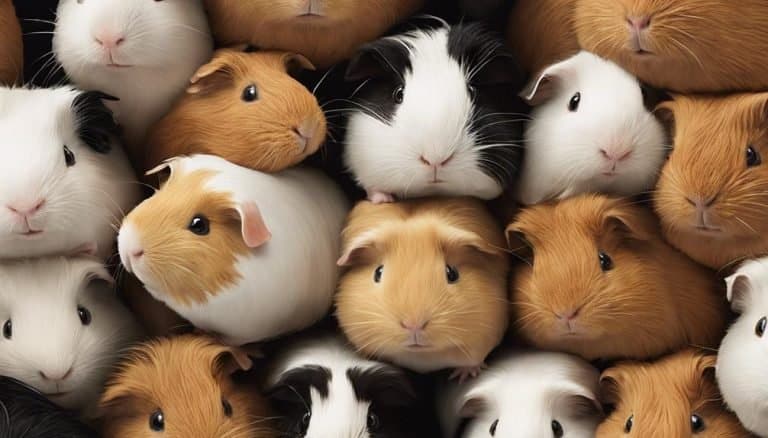Exploring Alternative Solutions: Can Puppy Pads be Used for Guinea Pigs?
In the world of pet care, finding optimal solutions for our furry friends is always a priority. When it comes to guinea pigs, ensuring a clean and comfortable living space is essential for their health and well-being. While puppy pads have been widely used for house training dogs, have you ever wondered if they could serve as an alternative solution for these adorable rodents?
In this article, we will delve into the possibilities of utilizing puppy pads for guinea pigs and explore whether or not this unconventional approach can provide a convenient and hygienic environment for our beloved pets. Join us on this quest to discover if puppy pads could potentially revolutionize the way we care for guinea pigs!

The Pros and Cons of Using Puppy Pads for Guinea Pigs
The Pros of Using Puppy Pads for Guinea Pigs
- Convenience: Puppy pads are easy to use, making them a convenient option for guinea pig owners. Simply place the pad in your pet’s enclosure and it will absorb any urine or droppings, keeping the area cleaner and more hygienic.
- Protection: Using puppy pads can help protect your flooring from stains and odors. If you have carpet or hardwood floors, these pads can provide an extra layer of protection against accidents that may occur while your guinea pig roams around its enclosure.
The Cons of Using Puppy Pads for Guinea Pigs
- Cost: Puppy pads might be costlier compared to other alternatives such as newspaper or fleece bedding. This recurring expense could add up over time.
- Environmental Impact: Disposable puppy pads generate waste that contributes to landfill pollution. While some brands offer biodegradable options, it is still important to consider the environmental impact when choosing this solution.
In conclusion, using puppy pads for guinea pigs has its advantages in terms of convenience and floor protection. However, it also comes with drawbacks like increased costs and negative environmental implications. Ultimately, each owner should weigh these pros and cons to decide if puppy pads are the right choice for their furry friend’s needs.
How to Properly Use Puppy Pads for Guinea Pigs
Guinea pigs can benefit from the use of puppy pads as an alternative bedding solution. Here are some tips on how to properly utilize them:
- Select a suitable location: Place the puppy pad in an area where your guinea pig feels comfortable and safe, such as their cage or playpen.
- Secure the puppy pad: Ensure that the pad stays securely in place by using clips or fasteners designed for small animals. This will prevent your guinea pig from moving or flipping it over.
- Change regularly: Replace soiled puppy pads promptly to maintain cleanliness and hygiene for your pet’s health. Aim for daily changes, but adjust this frequency based on your guinea pig’s needs.
- Supplement with other materials: While puppy pads provide absorption, they don’t offer natural stimulation like traditional bedding options do. Consider providing additional materials like hay or shredded paper alongside the pads to encourage nesting behavior and mental enrichment.
Remember that while puppy pads can be handy tools for managing waste cleanup with guinea pigs, it is crucial not to rely solely on them as a complete replacement for traditional types of bedding commonly associated with these rodents’ care needs.
Alternative Solutions to Consider for Guinea Pig Care
Hay Mats
Instead of using puppy pads, consider using hay mats as an alternative solution for guinea pig care. Hay mats are made from natural materials and provide a soft surface for your guinea pigs to rest on. They also help keep their cages clean by absorbing urine and preventing it from pooling in one spot. Additionally, hay mats promote foraging behavior as your guinea pigs can nibble on them, providing mental stimulation and dental health benefits.
Fleece Liners
Another alternative to puppy pads is the use of fleece liners in your guinea pig’s cage. Fleece liners are reusable, making them an eco-friendly option compared to disposable puppy pads. They are also soft and comfortable for your pets to walk on or sleep on. To use fleece liners effectively, simply layer them over absorbent bedding material that will catch any liquid waste and prevent odor build-up. Regular laundering will ensure cleanliness and freshness.
Absorbent Bedding Materials
Consider using absorbent bedding materials like wood shavings or paper-based bedding products designed specifically for small animals instead of puppy pads alone. These types of bedding offer superior absorption properties which can keep your guinea pig’s habitat clean and odor-free for longer periods without causing discomfort or harm to their sensitive feet or respiratory systems.
Expert Advice: What Veterinarians Say About Using Puppy Pads for Guinea Pigs
Veterinarians generally advise against using puppy pads for guinea pigs as a substitute for regular bedding. While puppy pads may seem convenient, they can actually be harmful to the health of your furry friend.
- Urinary tract infections: Puppy pads do not absorb urine effectively and can lead to dampness in the enclosure, creating an environment conducive to bacterial growth. This increases the risk of urinary tract infections in guinea pigs.
- Skin irritation: Guinea pig skin is prone to irritation and puppy pad materials may cause allergic reactions or rashes on their sensitive skin.
- Claw injuries: The surface of most puppy pads is slippery which can result in claw injuries if the guinea pig slips while walking or running on them.
Instead, veterinarians recommend using natural bedding materials such as hay or straw that provide comfortable cushioning and allow guinea pigs to dig and burrow—their natural instincts—in a safe environment.

